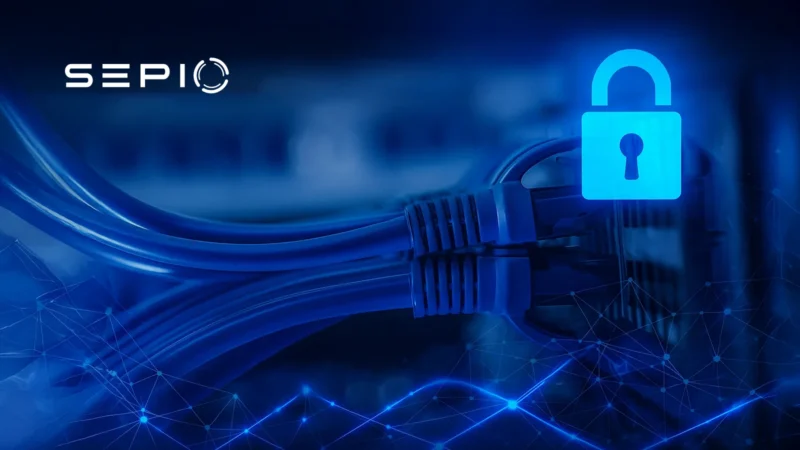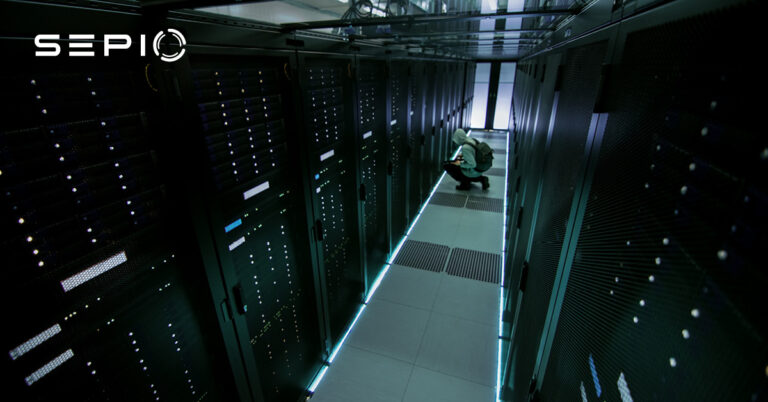Data center security involves implementing safeguards to protect data centers from threats. These threats can compromise the confidentiality, integrity, or availability of business-critical data and intellectual property. Data centers serve as centralized hubs for an organization’s IT infrastructure. They house vital components such as routers, switches, security appliances, storage systems, servers, and application delivery controllers. Their core function is to collect, store, process, and distribute large volumes of data. They also ensure secure, uninterrupted access to applications and services. As the backbone of digital operations, data centers need strong security measures to defend against cyberattacks, insider threats, and operational disruptions.
In managing highly sensitive and proprietary information, such as customer records, intellectual property, and core business data, data centers play a pivotal role in every organization’s digital ecosystem. Beyond supporting day-to-day operations and shared services, they are integral to business continuity through data backups and disaster recovery capabilities. As cyber and physical threats continue to evolve, a strong data center security strategy is crucial not only for safeguarding critical assets but also for ensuring long-term operational resilience.
Why Data Center Security is Essential for Modern Organizations
The Evolution of Data Centers
Most modern data center infrastructures have evolved from on-premises physical servers to virtualized environments. Regardless of the setup, data centers have become prime targets for bad actors, cybercriminals, or state-sponsored groups looking to carry out cyberattacks. This is largely due to the fact that data centers are central to the growing trend of cloud infrastructure, with top cloud vendors such as Microsoft, Amazon, Google, IBM, and others hosting vast amounts of sensitive data.
The cost of a successful cyberattack on a data center can be significant, underscoring the critical need for a robust security system to protect against data breaches, cyberattacks, and other security incidents.
Data Center Security Vulnerabilities
Data centers, often being physical facilities, are vulnerable to hardware-based attacks, particularly those involving rogue devices. These devices can be introduced through insider threats, whether intentional or accidental. Employees, contractors, and third-party vendors present significant risks due to their access to sensitive data and critical infrastructure. Compromised hardware can also be introduced via supply chain attacks, even before equipment is deployed.
Weak security policies and outdated protections leave data centers vulnerable to cyber threats. These include firmware-level exploits and tampered hardware. Legacy IT and OT infrastructure may also contain flaws, coding errors, or insufficiently tested components. All of these factors increase the risk of data breaches and cyber incidents. To mitigate these risks effectively, organizations need a comprehensive data center security strategy. This strategy should address both physical and cyber protections.
Cloud Data Center Security Challenges
Cloud data centers are becoming increasingly popular. However, their greater accessibility introduces new security risks. Because cloud environments can be accessed remotely, unauthorized personnel may exploit this flexibility to infiltrate systems. The risk is higher when users rely on personal devices without adequate security controls. Common threats to cloud data center security include phishing, denial-of-service (DoS) attacks, and ransomware.
The consequences of a cloud data center security breach extend beyond immediate financial loss. It can damage an organization’s reputation and erode customer trust. These effects may lead to long-term business disruption. Such risks highlight the need for strong data center security strategies. These strategies must address both cyber and physical vulnerabilities specific to cloud environments.
How Rogue Devices Threaten Data Center Security
Rogue devices are manipulated peripherals designed to carry out malicious actions within data center environments. These devices can facilitate various cyberattacks, such as ransomware deployment and data breaches, by exploiting vulnerabilities in critical infrastructure. They often evade detection by disguising themselves as legitimate human interface devices (HIDs), such as keyboards or mice, slipping past conventional data center security controls.
Many rogue device attacks happen at the Physical Layer. Traditional security solutions, such as Network Access Control (NAC) and Intrusion Detection Systems (IDS), provide limited visibility there. This blind spot poses a serious challenge for data center security. It highlights the need for specialized protection against hardware-based threats and unauthorized physical access.
Key Features of Sepio’s Assets Risk Management
Sepio offers a powerful hardware data center security solution to address the unique challenges faced by modern data centers. Key features include:
- Comprehensive Asset Visibility: Sepio enables the complete physical layer visibility of all connected assets on your network. This includes devices connected via USB or network interfaces.
- Hardware-Based Risk Assessment: The platform assesses the risk associated with each hardware asset. Identifying potential vulnerabilities and threats from malicious devices.
- Real-Time Risk Management: Sepio provides robust risk management capabilities for all hardware assets. It detects and mitigates risks in real-time, ensuring your infrastructure remains secure.
- Detection and Mitigation of Malicious Assets: The solution detect and mitigate risks from malicious assets in enterprise environments. It covers a wide array of devices, ensuring comprehensive protection.
- Blocking and Control Options: Sepio can block each USB port, disabling risky assets immediately upon connection. This real-time blocking capability plays a crucial role in preventing potential security breaches.
- Policy Configuration: Users can easily configure granular policies tailored to their specific needs or opt for Sepio’s default settings. These policies help manage and control the usage of USB and network interfaces effectively.

The Importance of Asset Visibility
As organizations transition to hybrid and cloud-based infrastructures, effective data center security is more critical than ever. Data centers face increasing exposure to complex cyber and hardware-based threats. They require real-time visibility, control, and protection. Sepio’s platform delivers comprehensive asset risk management. It detects every connected device, assesses vulnerabilities, and provides defense across the entire environment.
Looking to strengthen your data center security posture? Schedule a demo to discover how a device visibility and risk management platform can support your data center security solution, giving full asset awareness, threat detection, and robust protection across your entire infrastructure.
Download Data Centers Solution Brief





